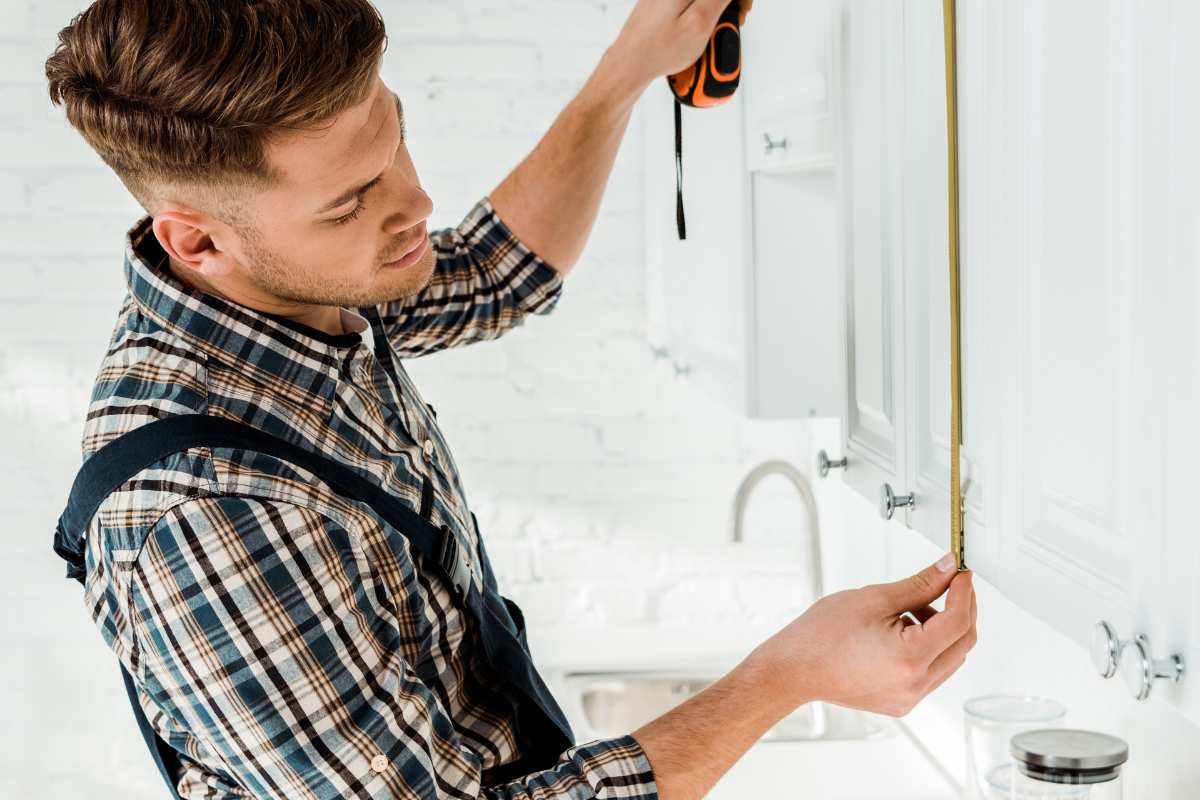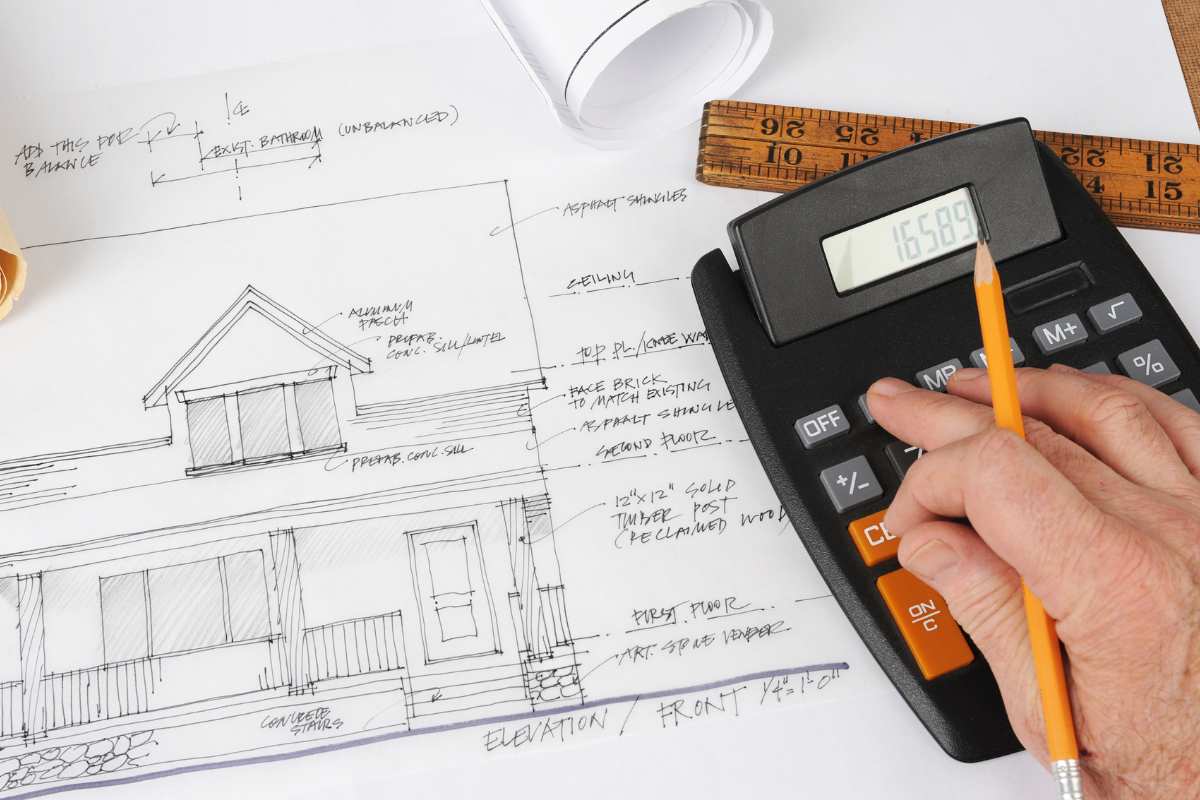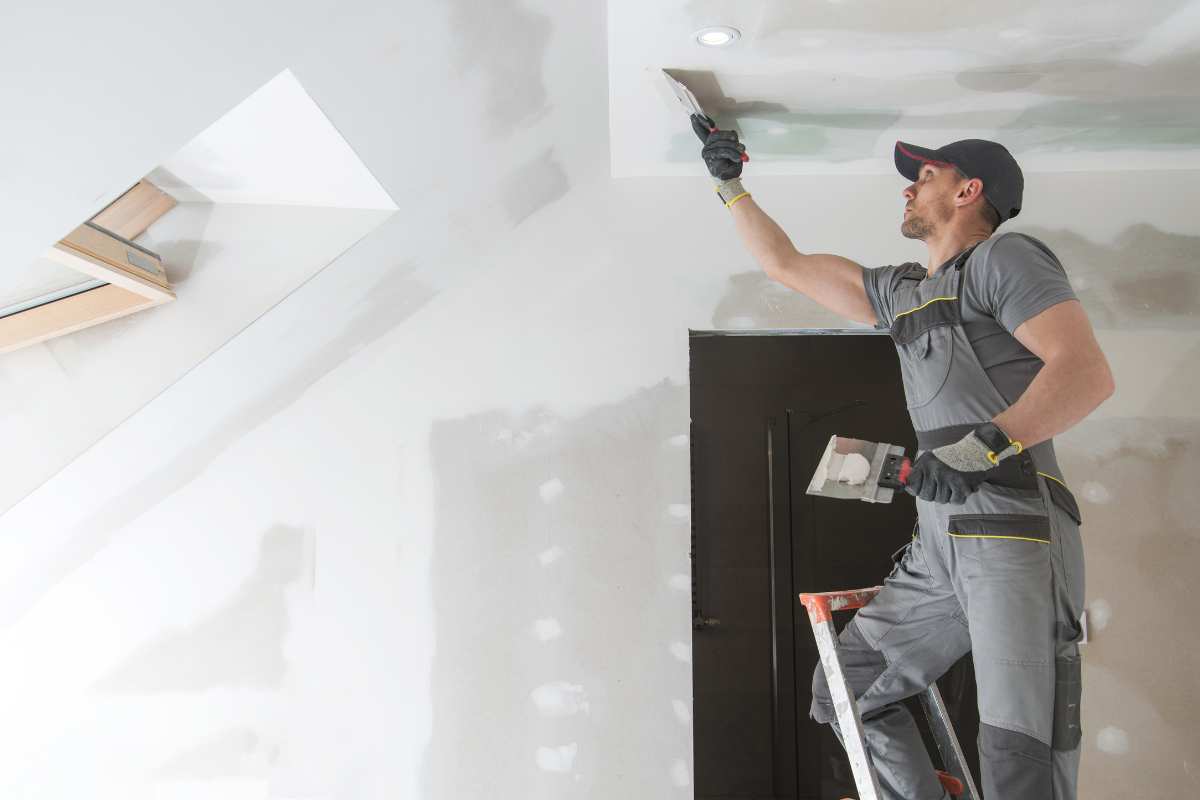Second Step to Our Process
The second step is to determine what home services are needed to help you stay in your home.
Home-based care includes health, personal, and other support services to help you stay at home and live as independently as possible.
In many cases, home-based support is provided in your home by informal caregivers, such as family members, friends, and neighbors. Home-based support can also be supplemented by formal caregivers, Adult Day Care, and community services.
Help you can receive at home includes:
Download Our Free Guide
By downloading our comprehensive guide for free, you'll gain access to valuable insights and tips on Aging in Place, and get a home safety checklist for seniors.






